Expert guidance on chocolate tempering methods and equipment - featuring professional tools from Zucchero Canada
Chocolate tempering creates stable crystalline structures within cocoa butter. The process manipulates chocolate's polymorphic nature to form specific beta crystals that provide desirable properties.
Professional chocolatiers understand that tempering involves precise temperature control through heating and cooling cycles. Proper crystallization ensures the cocoa butter molecules align perfectly for optimal texture and appearance.
Benefits of Properly Tempered Chocolate
Properly tempered chocolate exhibits a glossy surface that reflects light beautifully. The chocolate breaks with a satisfying snap, melts smoothly in the mouth, and resists fingerprint marks when handled.
Tempered chocolate also displays superior shelf stability and bloom resistance. Products made with well-tempered chocolate maintain their appearance longer and provide a more professional presentation for confections.
Table: Characteristics of Properly vs. Improperly Tempered Chocolate
| Characteristic | Properly Tempered | Improperly Tempered |
|---|---|---|
| Appearance | Glossy, smooth | Dull, spotty |
| Texture | Firm, snaps cleanly | Soft, crumbly |
| Mouthfeel | Smooth melt | Grainy, uneven melt |
| Fingermarks | Resistant | Easily marked |
| Shelf life | Extended | Reduced, blooms easily |
Essential Tools for Successful Chocolate Tempering
A digital chocolate thermometer provides accurate temperature readings for perfect crystallization. Infrared thermometers offer non-contact measurement for maintaining precise temperature control throughout the process.
Dedicated tempering bowls, marble slabs, and heat-resistant spatulas ensure proper manipulation of the chocolate. Professional chocolatiers invest in quality tools that maintain temperature stability and prevent contamination during the tempering process.
For serious chocolate work, professional-grade chocolate melters like the Mol d'Art 6kg Chocolate Melter from Zucchero Canada provide precise temperature control. These specialized machines maintain perfect working temperatures for extended periods, eliminating the constant monitoring required with traditional methods.
-
Must-have tempering tools:
- Accurate digital or infrared thermometer
- Double boiler or bain-marie
- Heat-resistant silicone spatulas
- Marble slab (for tabling method)
- Dry, clean workspace
- Fine-quality couverture chocolate
The Classic Double Boiler Tempering Method
The double boiler method provides gentle, indirect heat that prevents scorching of delicate chocolate. Chocolatiers place chopped chocolate in the top vessel over hot but not boiling water for gradual, controlled melting.
Temperature monitoring remains essential throughout the double boiler process for perfect crystal formation. Experts recommend maintaining water temperature below 130°F to prevent overheating the chocolate during melting.
Double boiler tempering requires careful attention to temperature changes during cooling phases. The chocolate must reach precise cooling temperatures before reheating to working temperature for proper crystal development.
The Seeding Method for Chocolate Tempering
The seeding method introduces already tempered chocolate pieces to melted chocolate for crystal structure formation. Small chunks of tempered chocolate serve as "seed crystals" that encourage proper crystallization throughout the melted mass.
Chocolatiers typically melt two-thirds of their chocolate to 110-115°F before adding the remaining one-third as seed. This technique simplifies the tempering process for home chocolatiers while still achieving professional results.
Seeding provides consistent results with minimal specialized equipment requirements. Research by confectionery scientists has confirmed that seeding produces the highest percentage of stable beta crystals compared to other methods.
The Tabling Method on Marble or Granite
Professional chocolatiers often prefer the tabling method for large-batch chocolate production. This technique involves pouring melted chocolate onto a cool marble or granite surface and working it continuously with spatulas.
The marble surface rapidly extracts heat from the chocolate to initiate crystal formation. Expert chocolatiers assess proper crystallization by observing the chocolate's thickening and matte appearance during the tabling process.
According to renowned chocolate expert Alice Medrich, "The tabling method gives chocolatiers the most control over the tempering process." Her research demonstrates that tabled chocolate exhibits superior crystalline structure under microscopic examination.
Microwave Tempering for Quick Results
Microwave tempering offers convenience for small-batch chocolate work without specialized equipment. Short bursts at 50% power with frequent stirring prevent overheating while gradually melting the chocolate.
Home chocolatiers must exercise extra caution when using microwave tempering methods. Chocolate expert Jacques Torres recommends 30-second intervals with thorough stirring between each heating cycle to prevent scorching.
Microwave tempering works best with smaller quantities of chocolate for quick projects. For consistent results with larger batches, professional chocolatiers recommend dedicated equipment like the Mol d'Art 3kg Chocolate Melter which eliminates the temperature fluctuations common with microwave methods.
Direct Heat Tempering Method
Direct heat tempering suits specific applications where chocolate combines with other ingredients. The method works well when tempering chocolate that will be incorporated into batters or combined with butter.
Very low heat and constant movement prevent scorching during direct heat tempering. Professional pastry chefs recommend removing chocolate from heat while small lumps remain and allowing residual heat to complete the melting process.
Direct heat tempering requires significant experience to execute properly without damage. Research published in the Journal of Food Science indicates that direct heat methods create less stable crystal structures than indirect heating approaches.
Tempering Different Types of Chocolate
Dark chocolate requires heating to 110-115°F, cooling to 80-82°F, and reheating to 88-91°F for proper tempering. The higher cocoa solids percentage in dark chocolate necessitates slightly higher working temperatures than other varieties.
Milk chocolate tempers at lower temperatures due to its dairy content and different cocoa butter ratio. White chocolate demands the most careful temperature control as it contains no cocoa solids and burns easily at higher temperatures.
| Chocolate Type | Melting Temp (°F) | Cooling Temp (°F) | Working Temp (°F) |
|---|---|---|---|
| Dark Chocolate | 110-115 | 80-82 | 88-91 |
| Milk Chocolate | 105-110 | 78-80 | 86-88 |
| White Chocolate | 100-105 | 76-78 | 82-84 |
Preventing Chocolate Seizing and Overheating
Absolute dryness of equipment prevents moisture-induced seizing during chocolate tempering. Even microscopic water droplets can cause chocolate to instantly thicken and become grainy and unusable.
Chocolate requires careful monitoring to avoid exceeding critical temperature thresholds. Overheated chocolate develops a burnt flavor and loses its ability to form proper crystal structures regardless of subsequent tempering attempts.
Seized chocolate can sometimes be rescued by incorporating small amounts of neutral vegetable oil. Food scientist Harold McGee explains that adding 1-2 teaspoons of oil per pound of seized chocolate can sometimes restore workability for certain applications.
Working with Tempered Chocolate for Dipping
Tempered chocolate maintains optimal dipping viscosity between 88-90°F for dark varieties. The stable beta crystals at this temperature range provide the perfect consistency for smooth, even coatings on dipped items.
Professional dipping techniques include proper drainage angles and tapping motions for coating uniformity. Excess chocolate should be allowed to drip off completely before placing dipped items on parchment or acetate sheets for setting.
Maintaining chocolate in temper throughout extended dipping sessions requires professional temperature-controlled equipment. Zucchero Canada supplies the industry-standard Mol d'Art Chocolate Melters that precisely maintain working temperatures for hours, allowing chocolatiers to focus on technique rather than constant temperature monitoring.
Molding with Tempered Chocolate
Proper mold preparation ensures flawless release of molded chocolate pieces. Polycarbonate molds require polishing with cotton balls to create microscopic shine that facilitates release.
Tempered chocolate must be poured at the correct working temperature for optimal mold filling. Expert chocolatiers tap molds several times against the work surface to release any trapped air bubbles that would mar the finished product.
Cooling molded chocolate requires controlled temperature environments for best results. Research by confectionery technologists shows that cooling at 65-68°F produces the most uniform crystallization throughout molded pieces.
Decorative Techniques with Tempered Chocolate
Tempered chocolate serves as an artistic medium for elaborate decorative work in pastry arts. Chocolate curls, fans, and ribbons all depend on properly tempered chocolate with perfect crystalline structure.
Transfer sheets imprint patterns onto tempered chocolate for professional decorative effects. The cocoa butter in properly tempered chocolate accepts the colored patterns from transfer sheets with precise detail retention.
-
Popular chocolate decoration techniques:
- Chocolate curls and shavings
- Chocolate fan decorations
- Piped chocolate designs
- Transfer sheet applications
- Stenciled patterns
- Marbled effects
- Chocolate spray techniques
Storing and Reusing Tempered Chocolate
Tempered chocolate retains its properties when stored at 60-65°F with low humidity levels. Proper storage prevents both heat damage and condensation that would compromise the chocolate's temper.
Previously tempered chocolate can be retempered for future use with slight modifications to the process. Experts recommend adding 10% fresh chocolate when retempering to ensure sufficient uncrystallized cocoa butter for proper reformation.
Temperature fluctuations during storage represent the greatest threat to tempered chocolate stability. Research conducted at the University of California's Food Science Department found that chocolate stored with temperature variations greater than 8°F showed significantly increased bloom development.
Troubleshooting Tempering Problems
Fat bloom appears as whitish streaks or spots on chocolate due to unstable crystal formation. This common tempering problem results from improper cooling rates or temperature fluctuations during crystallization.
Sugar bloom develops when moisture contacts the chocolate surface and dissolves surface sugars. Unlike fat bloom, sugar bloom feels rough to the touch and cannot be corrected through retempering.
Professional chocolatier Jean-Pierre Wybauw notes in his research that "90% of chocolate appearance defects trace back to improper temperature control during tempering." His studies demonstrate that precise temperature adherence reduces defect rates by over 70%.
Consistent temperature control eliminates nearly all common tempering problems, making professional equipment like those offered by Zucchero Canada invaluable for serious chocolate work. Their professional-grade melters maintain precise temperatures throughout the entire tempering and working process.
FAQ Section
What is chocolate tempering? Chocolate tempering is the controlled crystallization process that stabilizes cocoa butter for optimal appearance, texture, and shelf stability.
Why does chocolate need to be tempered? Untempering chocolate results in dull appearance, soft texture, quick melting, fingerprint susceptibility, and reduced shelf life.
What's the difference between couverture and compound chocolate? Couverture contains pure cocoa butter requiring tempering, while compound chocolate uses alternative fats that solidify without tempering.
Can I temper chocolate without a thermometer? Temperature precision is critical for successful tempering, making a thermometer essential for consistent results.
How can I tell if my chocolate is properly tempered? Properly tempered chocolate displays high gloss, snaps cleanly when broken, and sets quickly without streaking or spotting.
What causes chocolate to seize during tempering? Moisture contamination causes immediate seizing as water molecules bind with sugar particles, creating a stiff, grainy mass.
Can seized chocolate be rescued? Seized chocolate can sometimes be incorporated into baked goods but cannot be recovered for tempering purposes.
How long does tempered chocolate stay in temper while working? Tempered chocolate maintains working properties for approximately 30-40 minutes at proper temperature before requiring reheating.
Can I add flavors to tempered chocolate? Only oil-based flavors and colors can be added to chocolate without causing seizing.
What's the best chocolate for beginner tempering practice? Dark chocolate with 55-65% cocoa content offers the most forgiving tempering properties for beginners.
How do temperature and humidity affect chocolate tempering? High humidity and ambient temperatures above 75°F significantly complicate tempering by affecting cooling rates and moisture content.
Can I temper small amounts of chocolate? Smaller chocolate quantities cool rapidly, making temperature control more challenging but still possible with careful monitoring.
Do different chocolate brands require different tempering approaches? Each chocolate brand contains slightly different cocoa butter ratios requiring minor temperature adjustments for optimal results.
How long can tempered chocolate decorations be stored? Properly stored tempered chocolate decorations maintain quality for 3-6 months when kept away from heat, light, and humidity.
Is there a difference between industrial and artisanal chocolate tempering? Industrial tempering uses continuous flow machinery and seed crystal injection, while artisanal methods rely on manual temperature manipulation and sensory assessment.

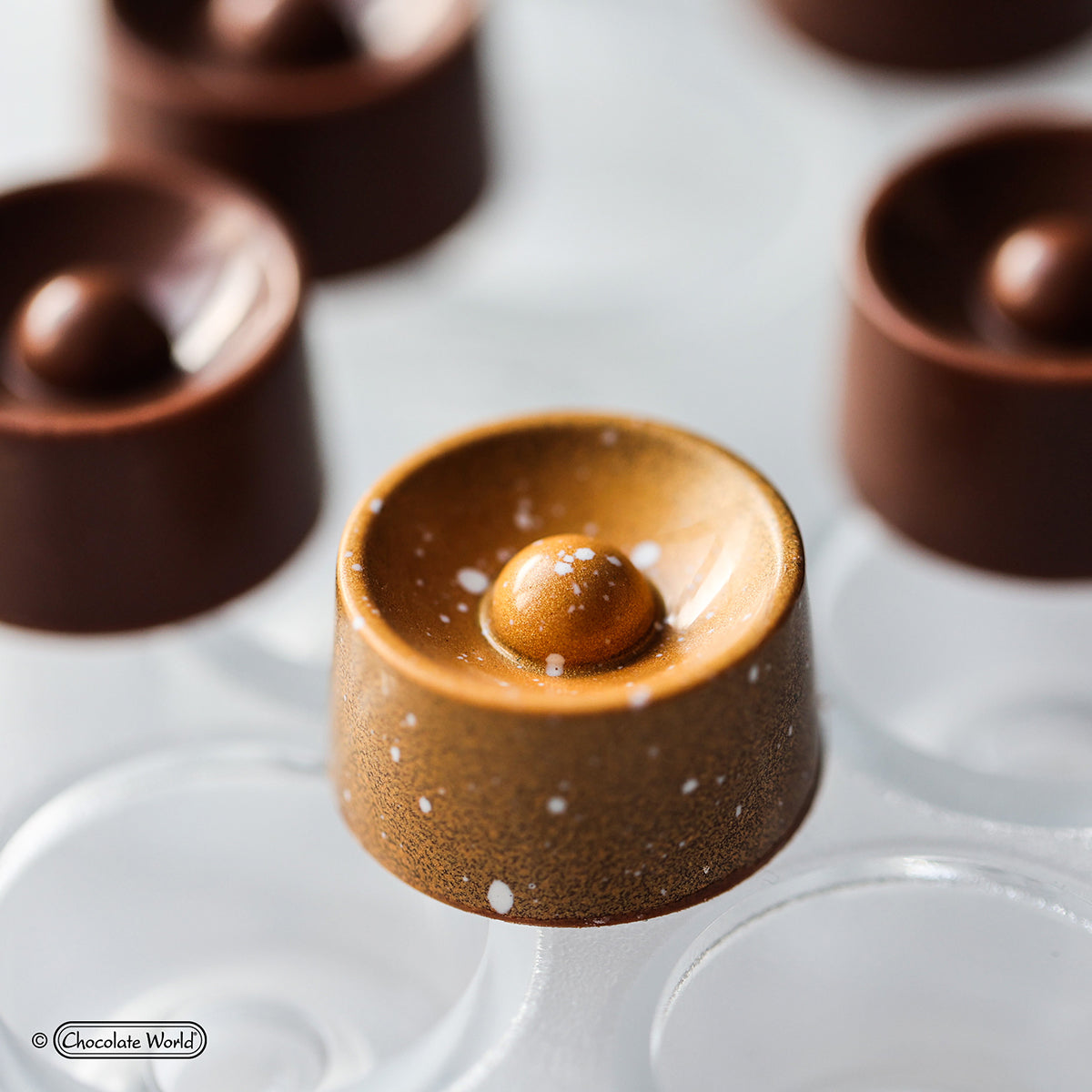
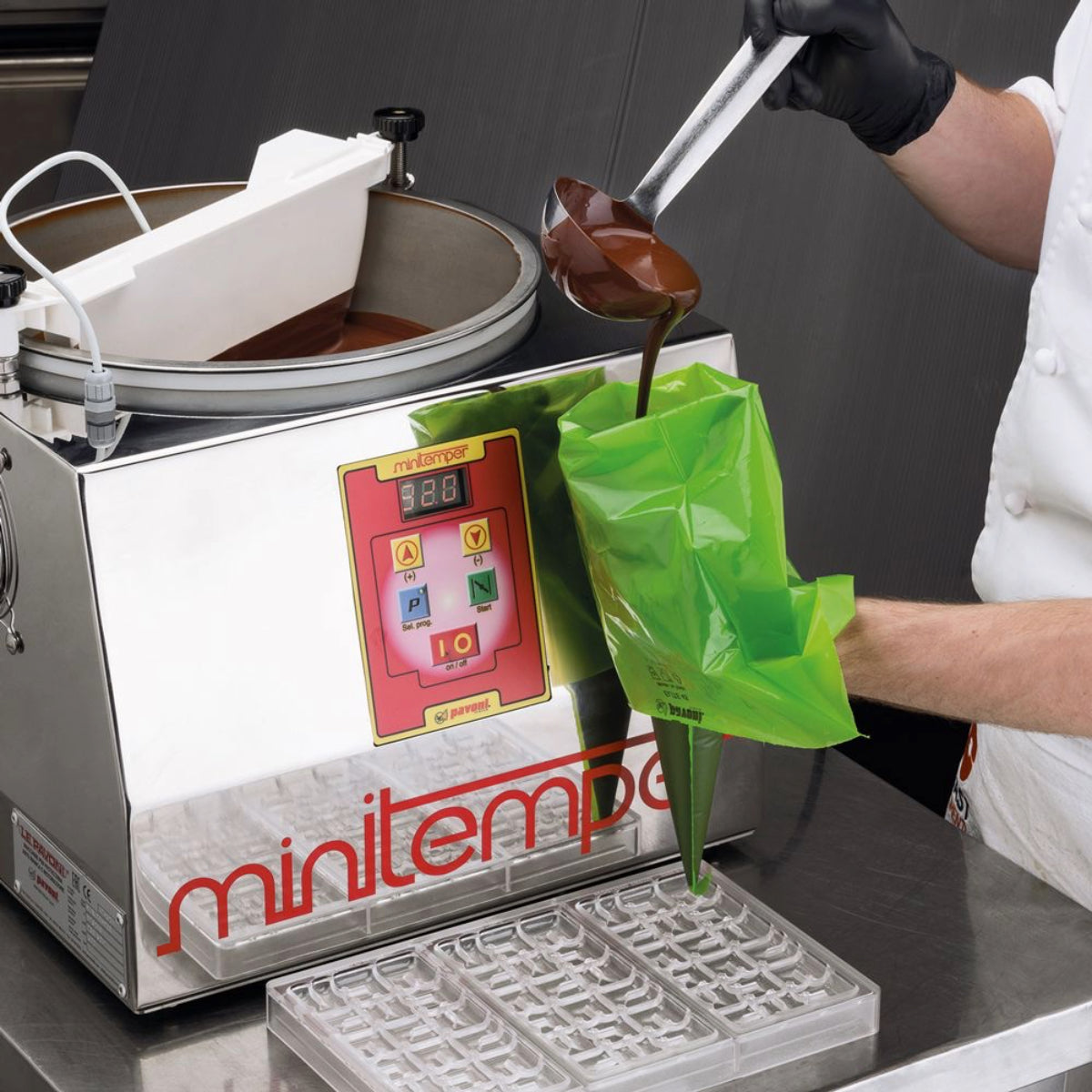
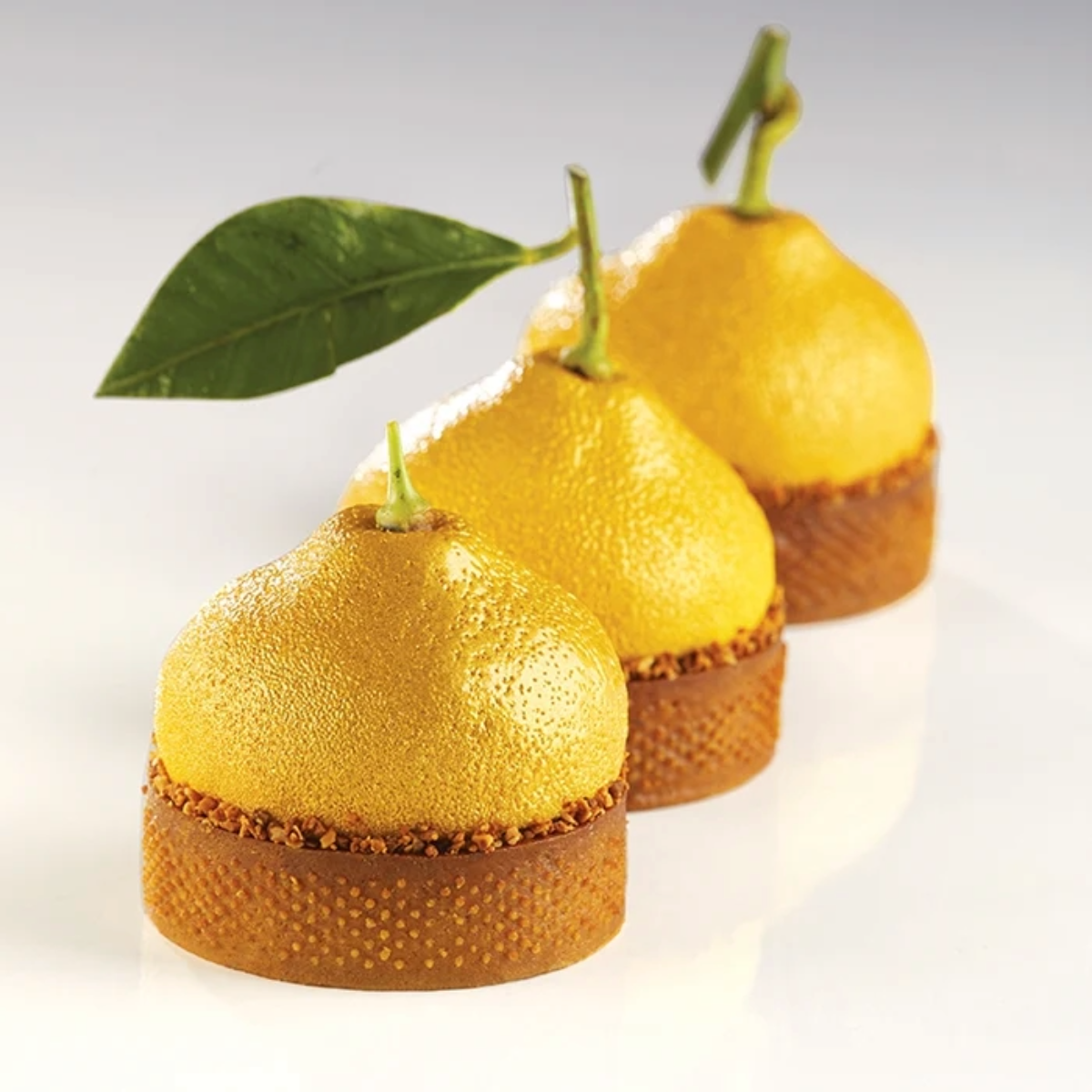
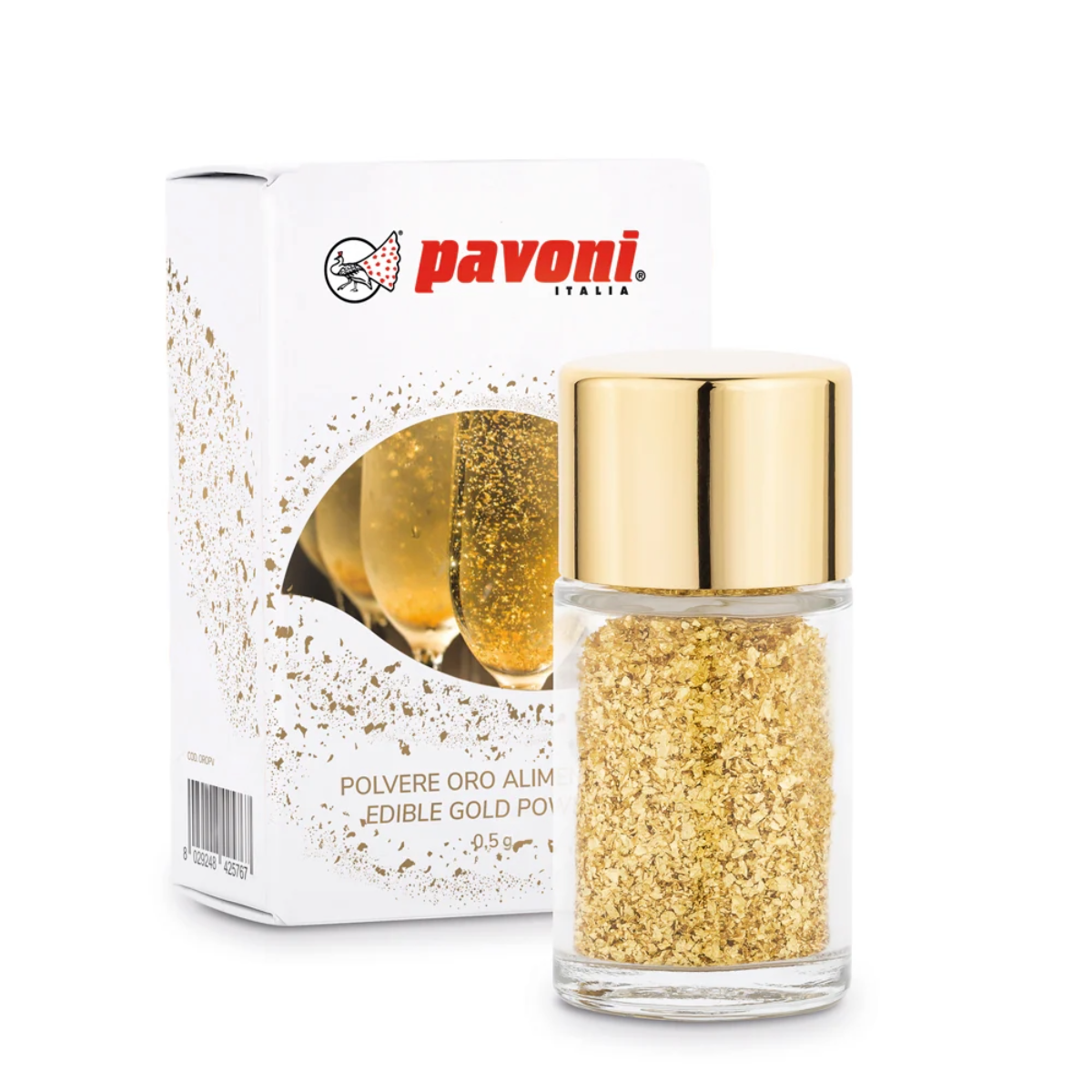





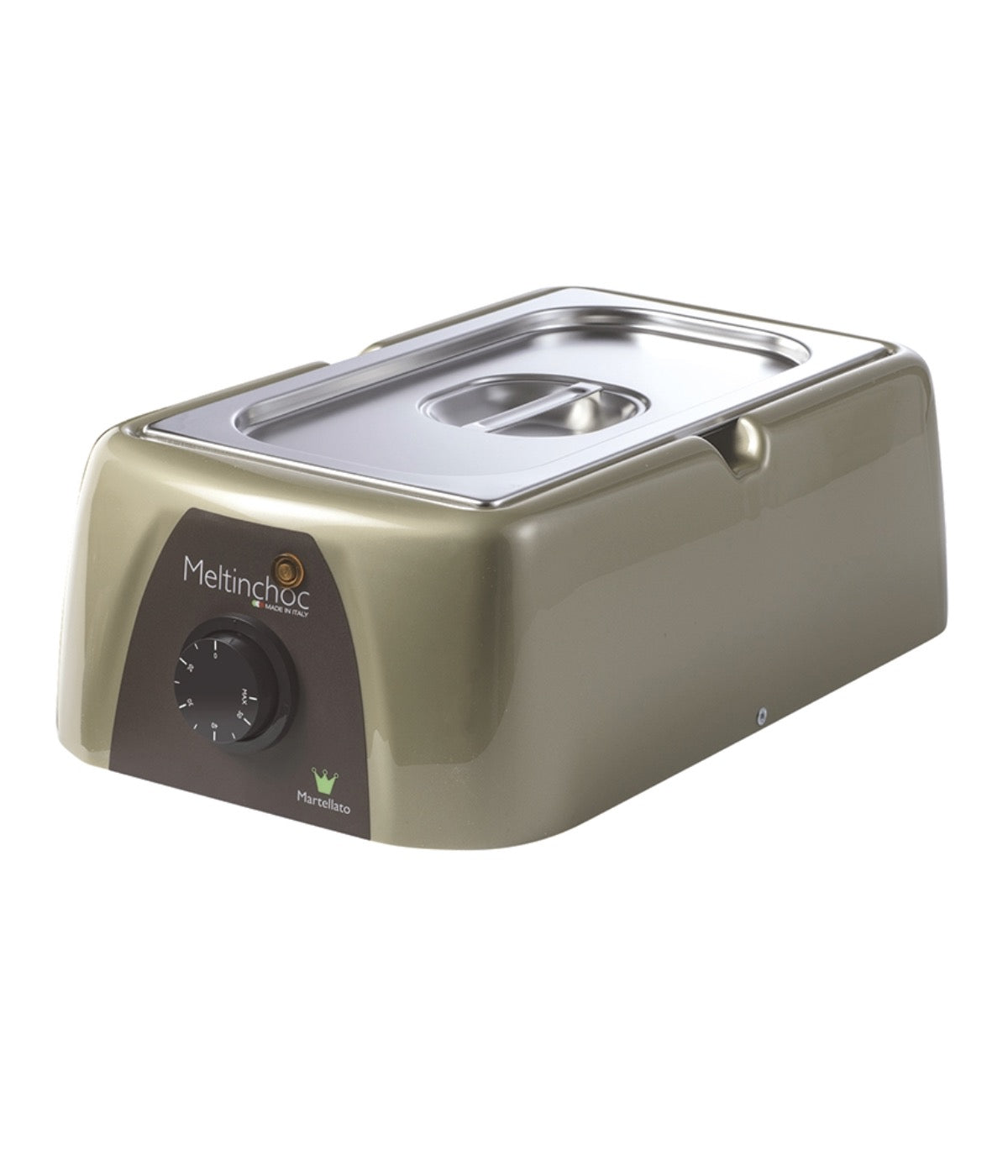


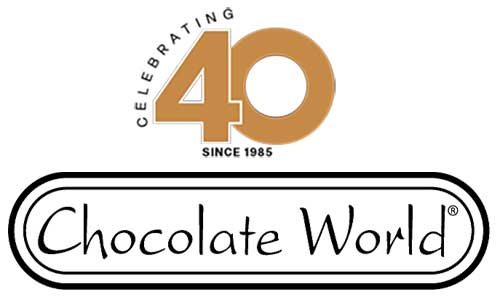

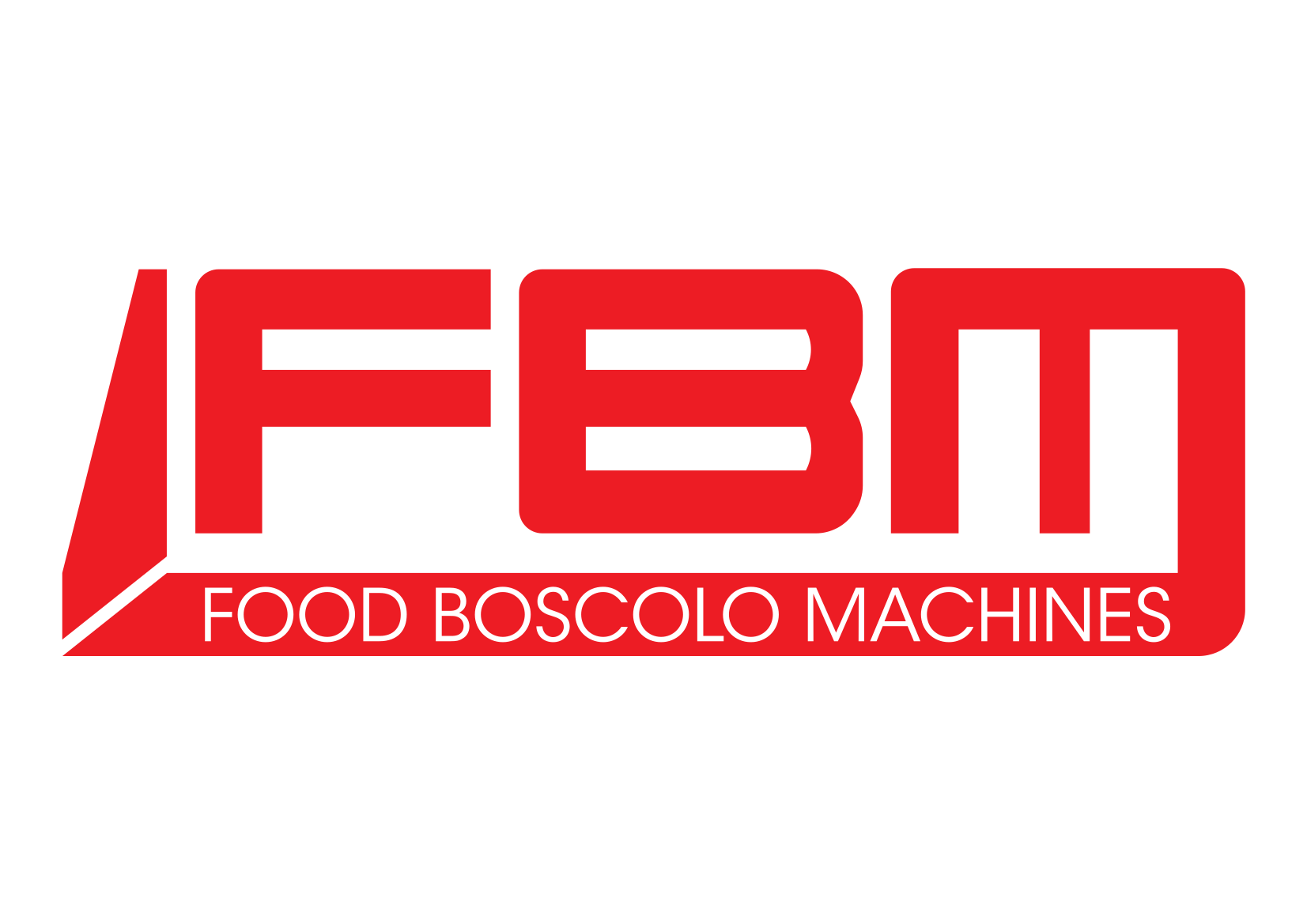

















Dejar un comentario
Este sitio está protegido por hCaptcha y se aplican la Política de privacidad de hCaptcha y los Términos del servicio.